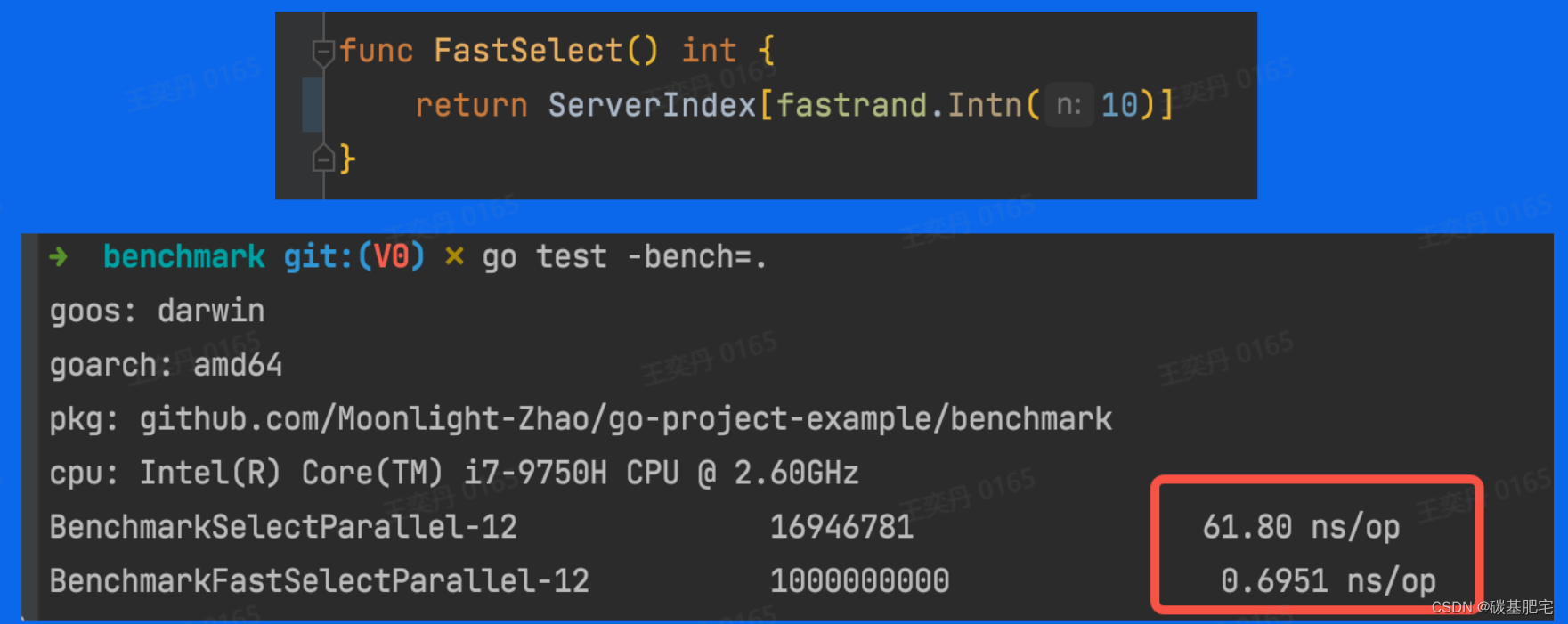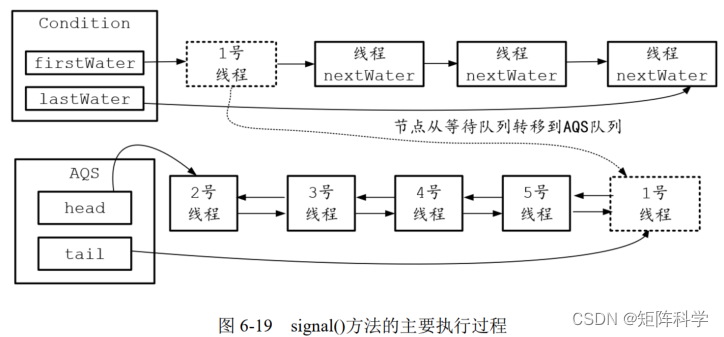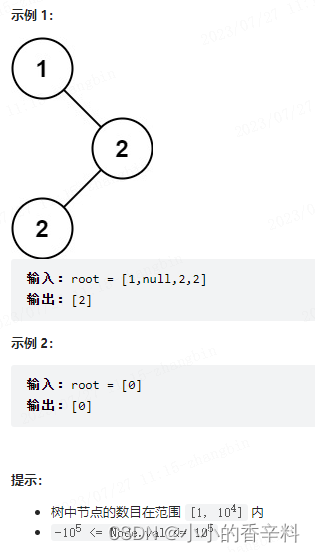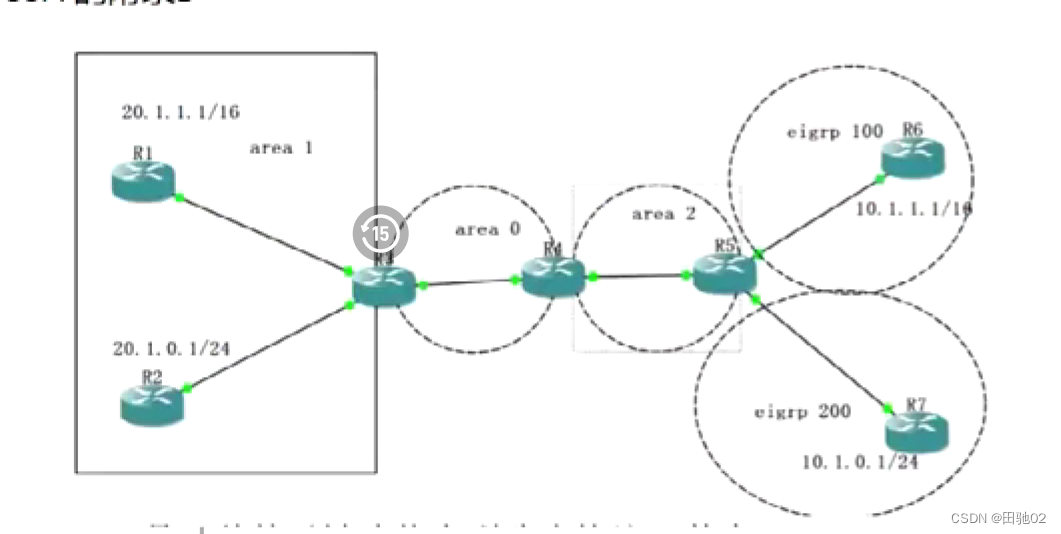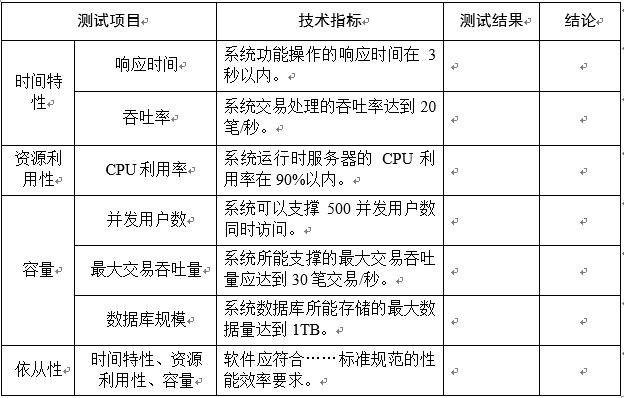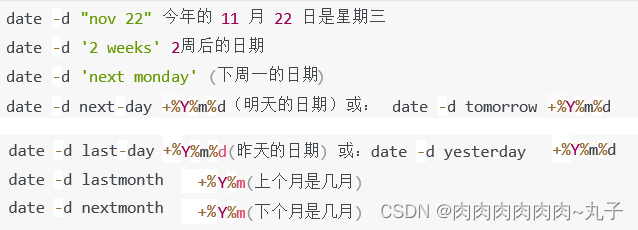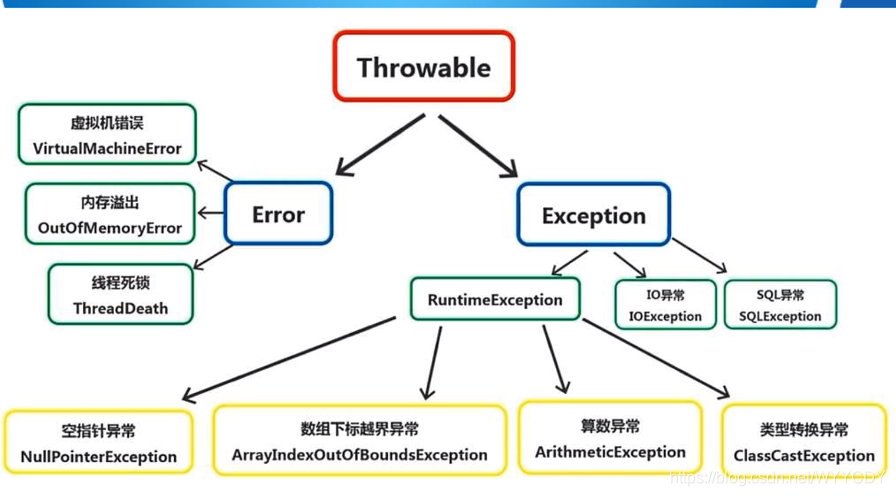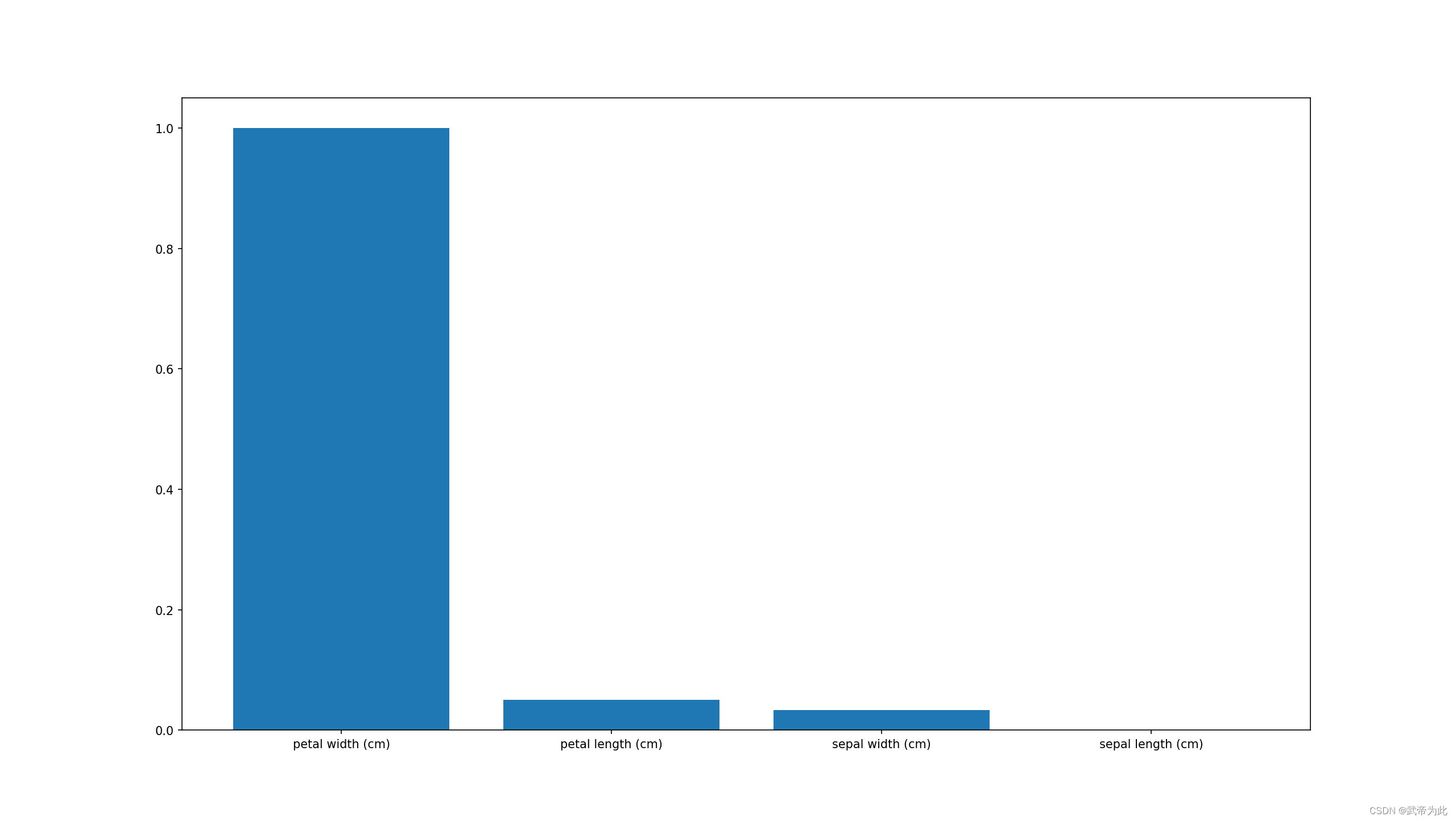今天的主角是:融合正余弦和折射反向学习的北方苍鹰优化算法(SCNGO),算法由作者自行改进,目前应该没有文献这样做。
改进策略参照的上一期改进的麻雀优化算法,改进点如下:
①采用折射反向学习策略初始化北方苍鹰算法个体,基本思想是通过计算当前解的反向解来扩大搜索范围,借此找出给定问题更好的备选解;
②采用正余弦策略替换原始苍鹰算法的勘察阶段的位置更新公式;
③对正余弦策略的步长搜索因子进行改进;原始步长搜索因子呈线性递减趋势,不利于进一步平衡北方苍鹰算法的全局搜索和局部开发能力。
在CEC2005函数集上进行测试,结果如下:其中SCNGO为本文所提改进算法,DBO是蜣螂优化,GEO是金鹰优化,RIME是霜冰优化算法,BWO是白鲸优化算法,NGO是北方苍鹰优化。
算法迭代1000次,每种算法的粒子数设置为100。





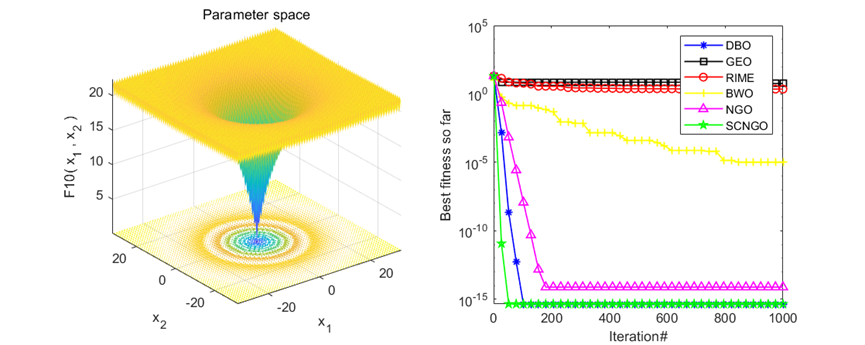
结果分析:在单峰值函数与多峰值函数的测试中可以看到,改进的北方苍鹰优化算法表现还是不错滴。
未改进的北方苍鹰(NGO)源代码展示:
%%
function [Score,Best_pos,NGO_curve]=NGO(Search_Agents,Max_iterations,Lowerbound,Upperbound,dimensions,objective)
Lowerbound=ones(1,dimensions).*(Lowerbound); % Lower limit for variables
Upperbound=ones(1,dimensions).*(Upperbound); % Upper limit for variables
X=[];
X_new=[];
fit=[];
fit_new=[];
NGO_curve=zeros(1,Max_iterations);
for i=1:dimensions
X(:,i) = Lowerbound(i)+rand(Search_Agents,1).*(Upperbound(i) -Lowerbound(i)); % Initial population
end
for i =1:Search_Agents
L=X(i,:);
fit(i)=objective(L); % Fitness evaluation (Explained at the top of the page. )
end
for t=1:Max_iterations % algorithm iteration
%% update: BEST proposed solution
[best , blocation]=min(fit);
if t==1
xbest=X(blocation,:); % Optimal location
fbest=best; % The optimization objective function
elseif best<fbest
fbest=best;
xbest=X(blocation,:);
end
%% UPDATE Northern goshawks based on PHASE1 and PHASE2
for i=1:Search_Agents
%% Phase 1: Exploration
I=round(1+rand);
k=randperm(Search_Agents,1);
P=X(k,:); % Eq. (3)
F_P=fit(k);
if fit(i)> F_P
X_new(i,:)=X(i,:)+rand(1,dimensions) .* (P-I.*X(i,:)); % Eq. (4)
else
X_new(i,:)=X(i,:)+rand(1,dimensions) .* (X(i,:)-P); % Eq. (4)
end
X_new(i,:) = max(X_new(i,:),Lowerbound);X_new(i,:) = min(X_new(i,:),Upperbound);
% update position based on Eq (5)
L=X_new(i,:);
fit_new(i)=objective(L);
if(fit_new(i)<fit(i))
X(i,:) = X_new(i,:);
fit(i) = fit_new(i);
end
%% END PHASE 1
%% PHASE 2 Exploitation
R=0.02*(1-t/Max_iterations);% Eq.(6)
X_new(i,:)= X(i,:)+ (-R+2*R*rand(1,dimensions)).*X(i,:);% Eq.(7)
X_new(i,:) = max(X_new(i,:),Lowerbound);X_new(i,:) = min(X_new(i,:),Upperbound);
% update position based on Eq (8)
L=X_new(i,:);
fit_new(i)=objective(L);
if(fit_new(i)<fit(i))
X(i,:) = X_new(i,:);
fit(i) = fit_new(i);
end
%% END PHASE 2
end% end for i=1:N
%%
%% SAVE BEST SCORE
best_so_far(t)=fbest; % save best solution so far
average(t) = mean (fit);
Score=fbest;
Best_pos=xbest;
NGO_curve(t)=Score;
end
en改进的北方苍鹰部分代码展示
clear all
clc
close all
PD_no=100; %Number of sand cat
F_name='F10'; %Name of the test function
Max_iter=1000; %Maximum number of iterations
[LB,UB,Dim,F_obj]=CEC2005(F_name); %Get details of the benchmark functions
%% BWO
[Best_pos,Best_score, BWO_cg_curve ] = BWO(PD_no,Max_iter,LB,UB,Dim,F_obj); % Call BWO
fprintf ('Best solution obtained by BWO: %s\n', num2str(Best_score,'%e '));
display(['The best optimal value of the objective funciton found by BWO for ' [num2str(F_name)],' is : ', num2str(Best_pos)]);
%% DBO
[Best_pos,Best_score, DBO_cg_curve ] = DBO(PD_no,Max_iter,LB,UB,Dim,F_obj); % Call DBO
fprintf ('Best solution obtained by DBO: %s\n', num2str(Best_score,'%e '));
display(['The best optimal value of the objective funciton found by DBO for ' [num2str(F_name)],' is : ', num2str(Best_pos)]);
%% GEO
options.PopulationSize = PD_no;
options.MaxIterations = Max_iter;
[Best_pos,Best_score, GEO_cg_curve ] = GEO (F_obj,Dim,LB,UB,options); % Call GEO
fprintf ('Best solution obtained by GEO: %s\n', num2str(Best_score,'%e '));
display(['The best optimal value of the objective funciton found by GEO for ' [num2str(F_name)],' is : ', num2str(Best_pos)]);
%% RIME
[Best_pos,Best_score, RIME_cg_curve ] = RIME(PD_no,Max_iter,LB,UB,Dim,F_obj); % Call RIME
fprintf ('Best solution obtained by RIME: %s\n', num2str(Best_score,'%e '));
display(['The best optimal value of the objective funciton found by RIME for ' [num2str(F_name)],' is : ', num2str(Best_pos)]);
%% NGO
[Best_PD,PDBest_P,NGO_cg_curve]=NGO(PD_no,Max_iter,LB,UB,Dim,F_obj); % Call NGO
fprintf ('Best solution obtained by NGO: %s\n', num2str(Best_PD,'%e '));
display(['The best optimal value of the objective funciton found by NGO for ' [num2str(F_name)],' is : ', num2str(PDBest_P)]);
%% SCNGO
[BsSCNGO,BpSCNGO,SCNGO_cg_curve]=SCNGO(PD_no,Max_iter,LB,UB,Dim,F_obj); % Call MSCNGO
fprintf ('Best solution obtained by SCNGO: %s\n', num2str(BsSCNGO,'%e '));
display(['The best optimal value of the objective funciton found by SCNGO for ' [num2str(F_name)],' is : ', num2str(BpSCNGO)]);
CNT=40;
k=round(linspace(1,Max_iter,CNT)); %随机选CNT个点
% 注意:如果收敛曲线画出来的点很少,随机点很稀疏,说明点取少了,这时应增加取点的数量,100、200、300等,逐渐增加
% 相反,如果收敛曲线上的随机点非常密集,说明点取多了,此时要减少取点数量
iter=1:1:Max_iter;
figure('Position',[154 145 894 357]);
subplot(1,2,1);
func_plot(F_name); % Function plot
title('Parameter space')
xlabel('x_1');
ylabel('x_2');
zlabel([F_name,'( x_1 , x_2 )'])
subplot(1,2,2); % Convergence plot
h2 = semilogy(iter(k),DBO_cg_curve(k),'b-*','linewidth',1);
hold on
h3 = semilogy(iter(k),GEO_cg_curve(k),'k-s','linewidth',1);
hold on
h4 = semilogy(iter(k),RIME_cg_curve(k),'r-o','linewidth',1);
hold on
h5 = semilogy(iter(k),BWO_cg_curve(k),'y-+','linewidth',1);
hold on
h6 = semilogy(iter(k),NGO_cg_curve(k),'m-^','linewidth',1);
hold on
h1 = semilogy(iter(k),SCNGO_cg_curve(k),'g-p','linewidth',1);
xlabel('Iteration#');
ylabel('Best fitness so far');
legend('DBO','GEO','RIME','BWO','NGO','SCNGO');完整代码获取方式,后台回复关键词:
SCNGO
